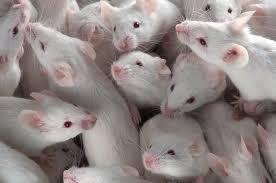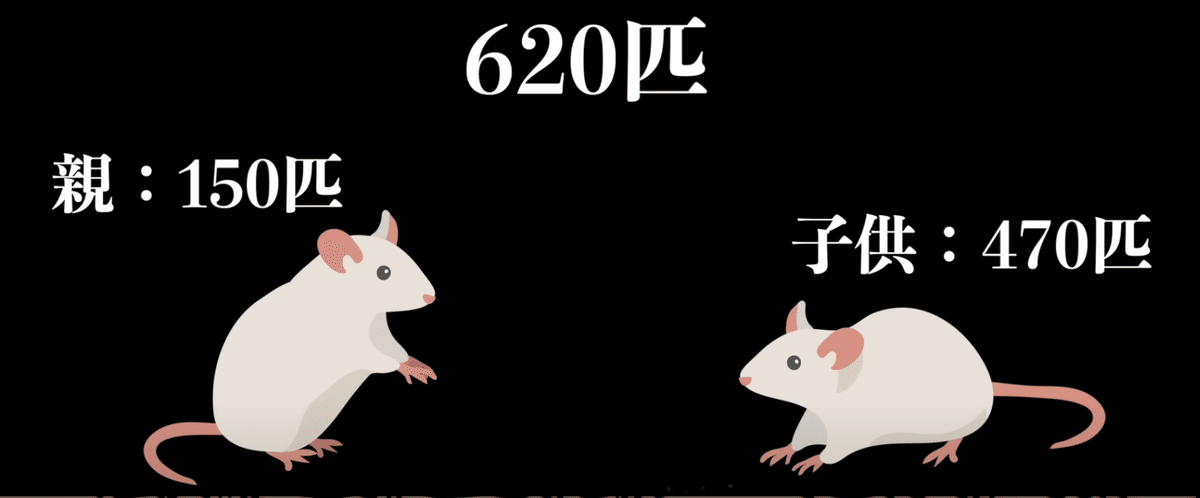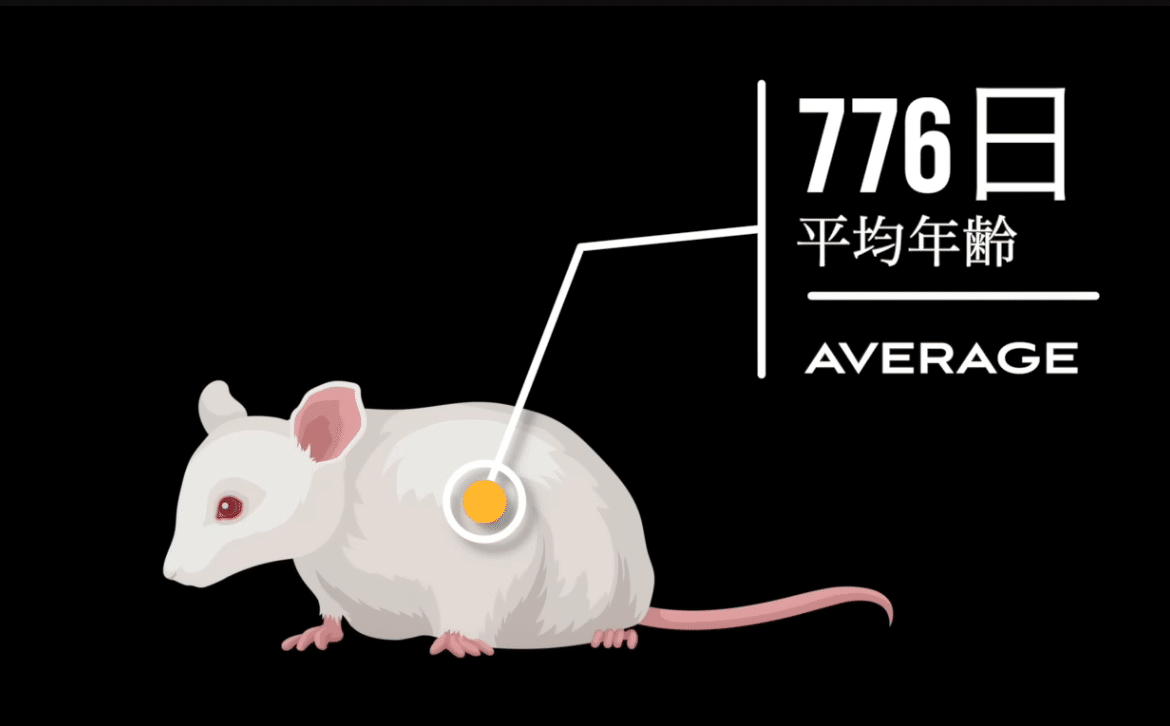
ETHICS4.0=Ethical Science
My name is Tomo Yoneda, CEO of WALK ON Inc. The name "WALK ON" embodies my belief in "continuing to walk despite any difficulties" and "realizing a sustainable society." I am also an ardent fan of U2. I have detailed their appeal and musicality on Tokyo's most famous radio show dedicated to U2. In 1996, I visited Bono's house, and in the 2000s, I walked with him for five minutes in front of countless reporters when he visited a Tokyo university for an honorary degree ceremony. To my surprise, the next day, AFP broadcasted a photo of me and Bono worldwide. The miracles continued: when I posted this photo on a U2 fan group on Facebook, someone informed me that Bono himself had posted it with the caption "Me and Tomohiko Yoneda." This meant the world's greatest rock singer remembered my name and face. Since the 2000s, I have always attended the first day of U2's tours, getting autographs and photos with them. The main song from the album "All That You Can’t Leave Behind," "WALK ON," greatly influenced my company's name. Remarkably, U2 won Grammy Awards for two singles from this album, "Beautiful Day" and "WALK ON," for two consecutive years.

Observing the current social chaos, I thought we might need "Ethics 4.0," a new standard following morals, religion, and law. While statistics show a decrease in the number of wars worldwide, the monopolization of wealth by some capitalists, politicians, investors, and big tech companies is making ordinary people's lives increasingly impoverished globally.
Even if this battle seems reckless, I want to continue preaching.
However, creating a global standard for Ethics 4.0 is challenging due to the diverse religions and customs of different ethnic groups. Therefore, I aim to add a "science" element to ethics. I plan to advocate scientifically proven ethics and the dangers of violating them rather than dogmatic ideology.
The first installment is:
【Food∞, No Diseases or Predators】The Forbidden Paradise Experiment That Ends in Extinction Every Time.
I sincerely hope you will read it.
What kind of society would be formed if mice were placed in a paradise-like environment where all threats to their existence, such as eviction, food shortages, bad weather, diseases, and predators, were eliminated?

On July 9, 1968, the 25th experiment using mice began. The experiment area was a square space 2.57 meters on each side, surrounded by walls 1.37 meters high, with a 43 cm section at the top to prevent them from climbing over. There were 26 burrows and 256 separate living areas. Theoretically, this structure could accommodate up to 3,140 mice. Food and water were provided unlimitedly, diseases were prevented, and the temperature was kept optimal. It was truly a mouse paradise.
Initially, four pairs of male and female mice were introduced. These mice had difficulty adapting to the environment and each other but gradually acclimated. The lifespan of the mice used in the experiment was about 800 days, equivalent to 80 human years. Therefore, a year in this experiment roughly corresponds to a year in human terms.

On the 104th day since the experiment began, the first mouse offspring was born in paradise. I named the time from adaptation to the first reproduction as the "Phase Adaptation." The population doubled approximately 55 days after the first mouse was born. By the 315th day, the population had reached 625. At this point, changes in space usage became evident, with certain areas becoming more densely populated than others.
A society seemed to have formed in the mouse paradise. I named the period until the 315th day the "Phase B: Social Formation Period." Regarding population, there were 150 parent mice and 470 offspring, meaning there were more than three times as many young mice as older ones. This could be seen as a population explosion.
However, after the population exceeded 600, the birth rate decreased, and population growth slowed. By the 315th day, it took about 145 days for the population to double again. In a natural environment, the number of young mice surviving to maturity is usually sufficient to replenish the population. However, in this experiment, the lack of migration and low mortality meant that older mice engaged in fierce territorial battles. As a result, disparities began to emerge, with 13 mice occupying large spaces while over 100 mice lived in cramped conditions.
Power struggles broke out among the dominant mice. As new generations of males matured, they too engaged in conflicts. In mouse society, males typically defend territories while females care for the young. Dominant females, surrounded by dominant males, became more maternal and cared for their young diligently. In these affluent-like groups, the infant mortality rate was about 50%, indicating a stable life.
In contrast, changes were observed among mice living in crowded conditions.
Firstly, individualistic mice began to appear, eating alone rather than with the group, displaying anxiety. Group behavior increased, with many mice now acting in unison.
Changes in mating behavior also emerged among the lower-class mice, with some males engaging in homosexual acts or targeting immature young. Some mice disregarded age and gender for sexual activities.
Stalkers also appeared—active but timid individuals persistently engaging in courtship. These mice ignored social rules, resorting to rape. Mothers unable to care for their young increased, possibly due to lack of space, resulting in higher infant mortality rates. Neglectful behaviors were noted among impoverished females, often dropping or abandoning their offspring, leading to high mortality rates.
Aggressive females began defending territories in place of weakened males. The overcrowding led to constant clashes, exhausting the males who were supposed to protect territories, causing them to become inactive. Consequently, some females fought to protect territories, sometimes even attacking their offspring, forcing early independence.

As a result, nearly all young mice were prematurely expelled, missing out on emotional bonds and learning social behaviors. This led to the rise of "hikikomori" mice, who showed no interest in mating or territorial disputes, focusing solely on eating and sleeping. These isolated mice were referred to as "beautiful mice" due to their clean and healthy appearance. They ate alone and avoided social interactions, becoming increasingly isolated.
This phenomenon was observed in both males and females, who avoided others and did not engage in mating, leading to an increase in such behaviors over time.
This scenario mirrors our current society with the emergence of the wealthy, homosexuality, stalkers, and hikikomori due to tight-knit communities.
Returning to the mouse experiment: By the 560th day, population growth had stopped, and the death rate slightly exceeded the birth rate. At this point, there were 2,200 mice. From here, the mouse population began to decline.
On the 600th day, the last birth occurred, with a 100% infant mortality rate and significantly reduced pregnancy rates. By the 1,120th day, no mice were pregnant.
ここから先は
この記事が気に入ったらサポートをしてみませんか?
